When most people picture a plastic part, they rarely imagine the intricate journey it takes from raw pellet to finished product. Yet, behind every smooth dashboard, ergonomic toothbrush, and feather-light drone shell lies a network of injection molding applications that are reshaping industries faster than a cycle time on an all-electric press. So, what exactly are these game-changing uses, and why should engineers, buyers, and product managers care?
Automotive Light-Weighting: More Than a Fancy Buzzword
Let’s start under the hood—well, technically, inside the cabin. Carmakers are chasing every gram to meet CAFE standards, and injection-molded long-glass-fiber (LGF) composites are stepping up. A single door module carrier molded in polypropylene LGF can trim 1.2 kg versus steel, while integrating clips, rails, and moisture barriers in one shot. The result? Lower tooling cost, fewer rattles, and—yeah, folks—better MPG without sacrificing crash ratings.
Wait, Can Plastic Really Replace Metal in Structural Parts?
Short answer: absolutely. Hybrid over-molding—where a continuous steel or aluminum insert is over-molded with 30–40 % glass-reinforced nylon—creates load-bearing brackets that survive 15 g crash pulses. Tesla’s Model Y front crash rails use this trick, cutting 17 parts down to two. The secret is sequential valve gating that keeps weld lines away from high-stress zones, a neat little tweak that’s becoming standard in automotive injection molding applications.
Medical Micro-Molding: Where 0.1 mm Tolerance Can Save a Life
Shift gears to a cleanroom in Costa Rica. Here, micro-catheters with side ports only 50 µm wide are molded in cyclic olefin copolymer (COC) on 12-mm screws spinning at 1,200 rpm. The parts weigh 0.008 g—lighter than a fruit fly—but must be flash-free because any vestige could trigger a blood clot. Validation protocols run three lots of 30 cavities under SPC, and if Cpk drops below 1.67, the lot is scrapped, no discussion. That’s precision medicine enabled by specialized injection molding applications.
But Isn’t It Crazy Expensive to Tool Up for Such Tiny Volumes?
Surprisingly, no. Quick-change micro-molds built from modular stainless-steel inserts can hit 500 k cycles, amortizing tooling cost across millions of disposables. Add in automated inline vision systems and the piece price drops below three cents—cheap enough for single-use devices yet clean enough for blood contact.
Packaging Sustainability: Moving Beyond the “Guilt Trip”
Consumers are fed up with ocean plastics, and brands feel the heat. Enter thin-wall injection molding that knocks 0.3 mm off yogurt tubs, saving 14 % resin. Combine that with 30 % post-consumer recycled (PCR) content and you just sliced the carbon footprint by half. Unilever’s “lighter-than-air” ice-cream pint now ships at 28 g instead of 42 g, yet still survives a 1.2 m drop test. The tweak? A sequential fill profile that packs ribs only where impact occurs, a subtle but powerful shift in packaging-focused injection molding applications.
Consumer Electronics: When Aesthetics Meet 5G Transparency
Ever wonder why your new router looks like frosted glass but feels like plastic? That’s low-loss polycarbonate formulated for 3.5 GHz signal transparency. Molding it without silver streaks demands a 140 °C mold temperature—something conventional oil heaters can’t hit. Solution: induction heating that ramps the cavity surface to 180 °C in 8 s, then cools via water channels in 15 s. The cycle averages 28 s, fast enough for high-volume runs. Yup, your Netflix binge depends on these geeky injection molding applications.
Aerospace Interiors: Burn, Baby, Burn? Not Anymore
New FAA rules require cabin components to self-extinguish within 65 s at 60 kW/m² heat flux. Traditional PEEK costs a fortune, so molders switched to PPS-U with phosphinate flame retardants. The material chars instead of drips, buying precious evacuation minutes. Airbus A320neo overhead bins molded in this resin weigh 20 % less than phenolic composites, translating to $14 k annual fuel savings per aircraft. Not chump change when you multiply by 300 planes.
Construction: The Hidden Plumbing Revolution
Pex-a pipe fittings used to be brass—heavy, prone to theft, and oh-so 1990s. Today’s glass-reinforced PPS fittings are injection-molded in 18 s, resist 10 bar pressure at 95 °C, and cost 40 % less. Builders love the crimp-free push-fit design; plumbers love that they don’t have to carry 30 kg of brass into crawlspaces. Another quiet win for injection molding applications hiding behind drywall.
Future Trends: Recycling on Steroids
Look ahead and you’ll see chemical recycling loops where monomers from yogurt cups become laptop housings. Startup specialty compounders are offering “drop-in” recycled PP with 95 % mechanical properties versus virgin. When paired with hot-runner valve gate systems, scrap rates fall below 0.5 %—a sustainability holy grail that procurement managers can actually bank on.
So, Where Do You Start?
Map your product’s critical-to-quality features—then ask if a polymer can do the job. If weight, corrosion, or cost is an issue, chances are one of these injection molding applications already has a foot in the door. Partner early with molder who can run rheology simulations; it’ll save you a costly redesign down the road. And hey, don’t be shy to request a sample plaque—seeing (and snapping) is believing.
continue reading
Related Posts
Precision mold manufacturing isn’t just a buzzword tossed around at
Why Cost-Cutting in Plastic Injection Molding Feels Like Walking a
Why Custom Plastic Injection Molding Is Everywhere Right Now Open
